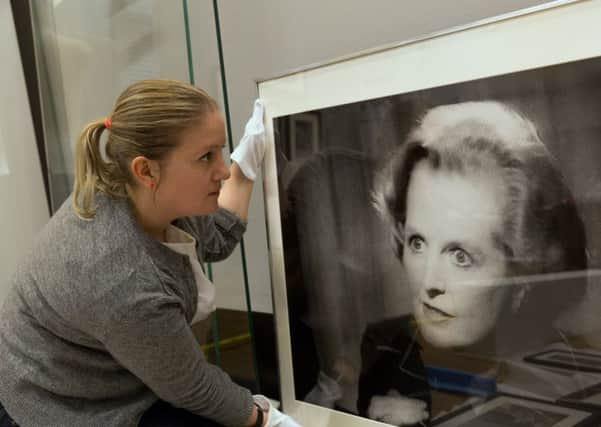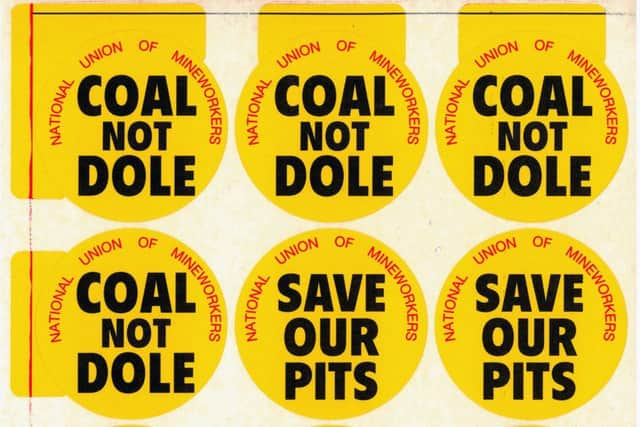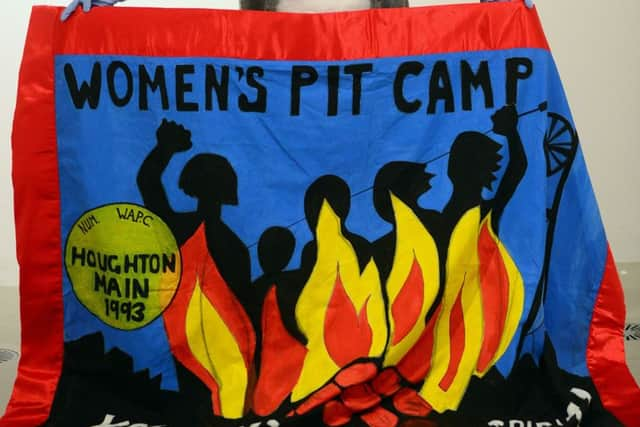City at the forefront of protest over 200 years


The Act which extended voting rights to 8.5 million women across the UK was the result of a long struggle for the suffrage movement.
And so Changing Lives: 200 Years of People and Protest in Sheffield will go back further and celebrate how people in our city have stood up for what they believe in over the past two centuries.


Advertisement
Hide AdAdvertisement
Hide AdProject curator Louisa Briggs explained that the response to an exhibition at the Millennium Gallery last year, Protest Lab, had helped shape this display. “Trees, the steel and pit strikes – things you would expect – along with contemporary issue such as Black Lives Matter and anti-Trump demonstrations came up. But we also had a timeline which they filled in so we got more historical suggestions.”
Part of the purpose of the project is to build up a collection on this side of the city history which has been neglected over the years. The exhibition is arranged around different stategies of protest rather than in chronological history. One is Deeds not Words showing examoples of non-violent direct action which includes strkes, demos, trespasses
“We wanted to look at lesser known stories,” she continues. “Everyone has heard of the Jarrow March but there were a whole series of hunger marches in the Thirties and a man from Sheffield, Joe Albay, was heavily involved.”
And while there are photographs by John Harrison and Martin Jenkinson of the 1984 miners’ strike and Orgreave, there is a display on the Women Against Pit Closure’s Houghton Main Camp in 1993.


Advertisement
Hide AdAdvertisement
Hide AdA section on Subversive Strategies points up “the creative and playful” side of campaigns by the Suffragettes and Chartists such as Adela Pankhurst’s attempt to gatecrash kthe Cutler’s Feast by dressing up as a waitress. She also led the 1911 mass census evasion,
The spirit of protest runs from Samuel Holberry and the Sheffield Chartists to fly posters from the 2016 Black Lives Matter campaign, from the radical writings of The Sheffield Register (1787-1794) and The Sheffield Iris (1794-1825) to photographer Chris Saunders’ powerful portraits of people involved in Sheffield’s current tree protests.
Then there were trespass walks represented by the jacket and boots of GHB Ward, founder of the Sheffield Clarion Ramblers and activist for the right to roam.
The Sheffield Street Band, Sheffield Socialist Choir and Sheffield Pride are examples of the power of humour, carnival and song.


Advertisement
Hide AdAdvertisement
Hide AdChanging Lives also underlines how Sheffielders have demonstrated unity with national and international causes from the radical press during the French Revolution. During the Spanish Civil War in 1937 a group of Basque children were housed near Froggat. A republican flag which one of them brought is on display and there are also objects from the World Peace Congress held at Sheffield City Hall in 1950 (Picasso’s famous dove drawing among them), bolt-cutters from Greenham Common alongside placards and banners from more recent protests, including those supporting junior doctors, as well as the anti-Trump demonstrations which took place in the city and around the globe in 2017.
Changing Lives, running from February 6 to July 1, is part of a season exploring protest and activism which also includes the exhibition, Hope Is Strong, opening on February 17 at the Millennium Gallery, and a programme of special events.